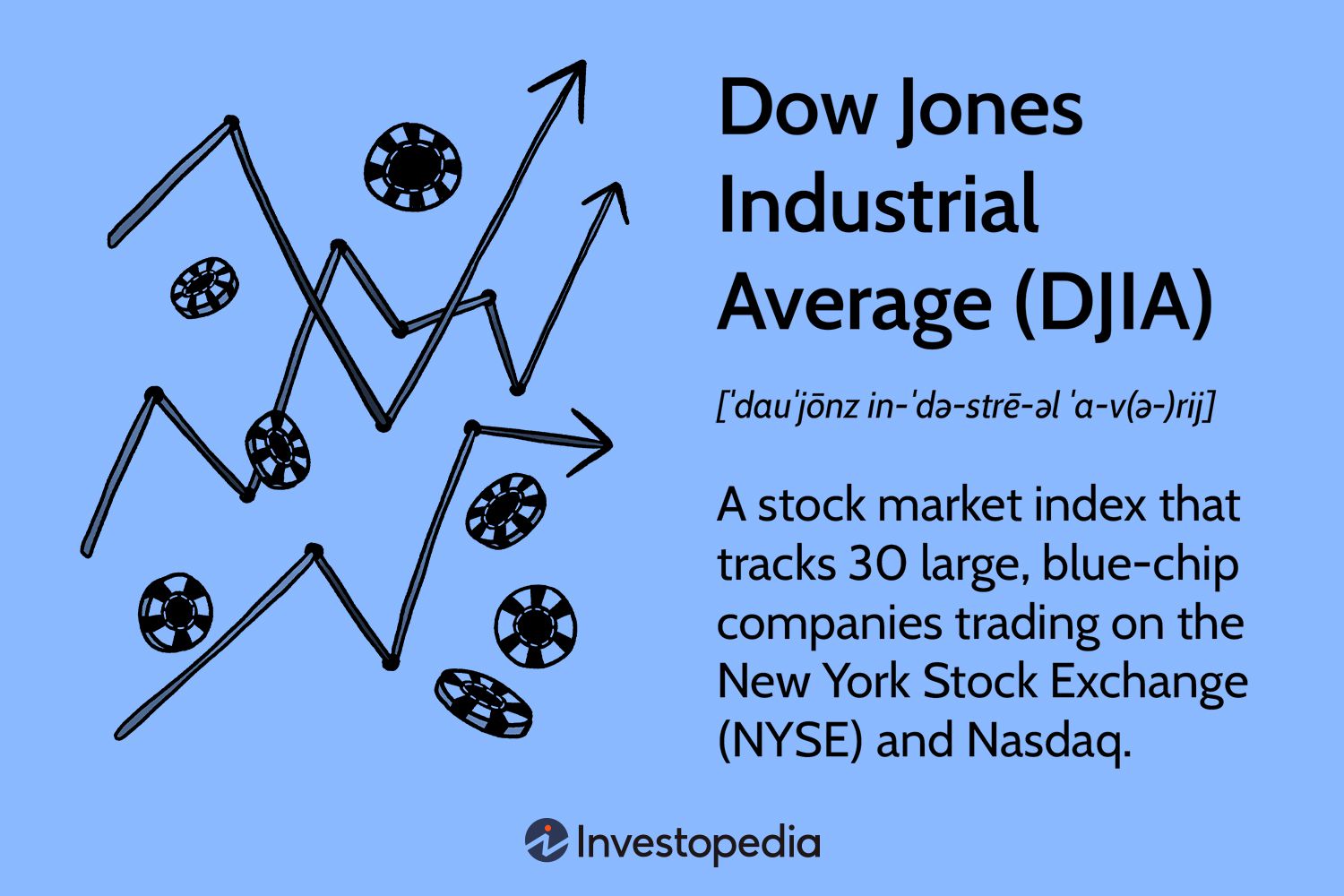Understanding the Dow Jones Today: Insights on the Dow Jones Industrial Average
For investors, analysts, and business leaders alike, keeping an eye on the Dow Jones Industrial Average (DJIA) is crucial for navigating today’s volatile economic landscape. Today, we delve into what the DJIA signifies, what drives its fluctuations, and how understanding its movements can benefit your investment strategies.
What Is the Dow Jones Industrial Average?
The Dow Jones Industrial Average serves as a benchmark for the performance of the stock market and is one of the oldest and most widely followed stock indices in the world. Established in 1896 by Charles Dow, the index initially included just 12 companies but has since expanded to 30 blue-chip firms that are leaders in their respective industries. This index attempts to represent the overall health of the American economy by tracking the stock prices of major corporations like Apple, Microsoft, and Boeing.
How Is the DJIA Calculated?
The calculation of the DJIA has evolved over time and is currently determined using a price-weighted average of its constituent stocks. This means that the stock price of each component company directly affects its influence on the index; higher-priced stocks have a more significant impact than lower-priced ones. The formula used for calculation divides the total of the stock prices by a divisor, which has been adjusted over time to account for stock splits, dividends, and other factors.
What Factors Influence the Dow Jones Industrial Average?
Understanding the factors influencing the DJIA is essential for predicting its movements and making informed investment decisions. Here are several key drivers:
- Economic Indicators: Indicators such as unemployment rates, consumer spending, and GDP growth can impact investor sentiment and stock prices. A strong economy usually propels the DJIA upwards.
- Earnings Reports: Quarterly earnings reports from constituent companies can cause significant fluctuations in the DJIA. Positive earnings surprises often lead to a rise in stock prices, subsequently affecting the index.
- Global Events: Geopolitical tensions, trade agreements, and international economic conditions can also influence the DJIA. For instance, a resolution to trade wars may lead to a rally in stock prices.
Why the DJIA Matters to Business Leaders
For business leaders and HR professionals, understanding the movements of the DJIA can be pivotal for strategic decision-making. Here are a few reasons why:
- Investment Decisions: A rising DJIA typically signals a robust economy, which can influence capital investment decisions. Leaders may choose to expand operations or invest in new technologies during these favorable times.
- Employee Compensation: The DJIA can also impact salary expectations. A strong market often results in firms allocating more resources towards employee bonuses and salary increases.
- Market Sentiment Analysis: By understanding stock market trends reflected in the DJIA, business leaders can gauge consumer confidence and adjust their strategies accordingly.
The Dow Jones Today: Current Trends and Performance
As we analyze the Dow Jones today, we notice that it has been experiencing fluctuations influenced by recent economic reports and global events. Investors are particularly focused on factors such as inflation rates, the Federal Reserve’s interest rate decisions, and the ongoing impacts of global supply chain issues. Identifying these patterns can enable informed trading and investment strategies.
Risk Management and the Dow: Strategies for Business Leaders
In today’s ever-changing market, leveraging the DJIA for risk management has gained importance. Here’s how business leaders can integrate this index into their risk management strategies:
- Diversification: Use insights from the DJIA to diversify your investment portfolios across different sectors represented in the index.
- Market Analysis: Develop frameworks for ongoing analysis correlated with DJIA trends, adjusting business strategies in real-time based on shifts.
- Consult with Experts: Collaborate with AI consultants to utilize data analysis from the DJIA and automate decision-making processes that can enhance responsiveness to market changes.
AI Strategies in Managing Business Risks Associated with the DJIA
Incorporating AI technology can aid in predicting movements of the Dow and managing potential risks:
- Predictive Analytics: AI tools can analyze historical data and recognize patterns that help forecast future movements of the DJIA.
- Automated Workflows: Platforms such as n8n allow organizations to automate workflow processes based on market trends, ensuring timely responses to stock fluctuations.
- Enhanced Reporting: AI can streamline reporting processes, enabling businesses to access real-time data insights related to their investments and the broader market influenced by the DJIA.
Conclusion: Embracing the Dynamics of the Dow Jones Today
In conclusion, keeping abreast of the Dow Jones today and understanding the nuances of the Dow Jones Industrial Average is essential for making informed business decisions. Whether it’s understanding how economic indicators impact the index or leveraging AI solutions to automate decision-making, a proactive approach will unequivocally enhance strategic responses to the fluctuating market landscape. Investing time in learning these dynamics can lead to more robust business strategies and a competitive edge in your respective industry.
Additional Resources
For further reading on the Dow Jones and stock market insights, explore resources on Investopedia.








